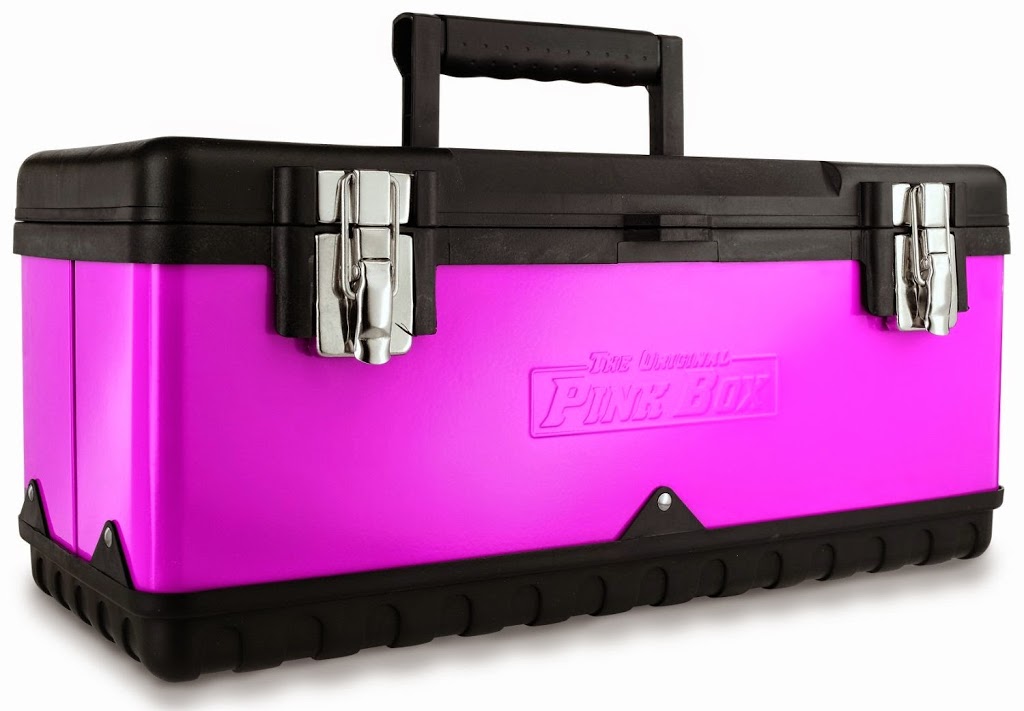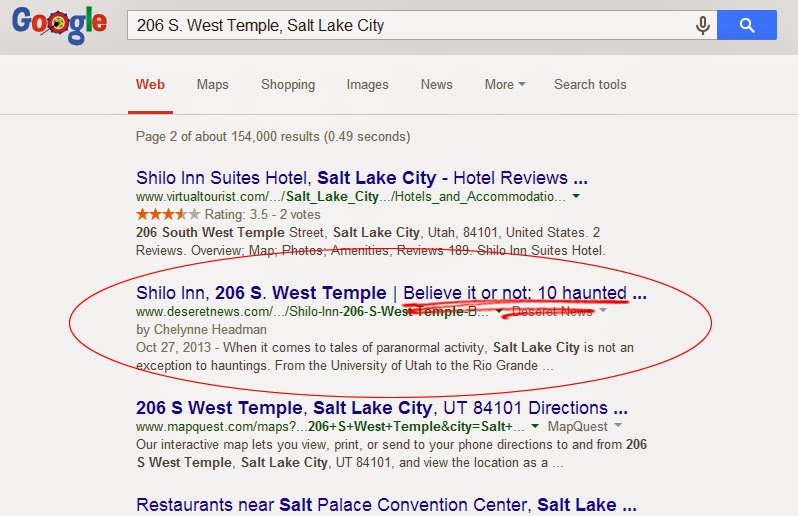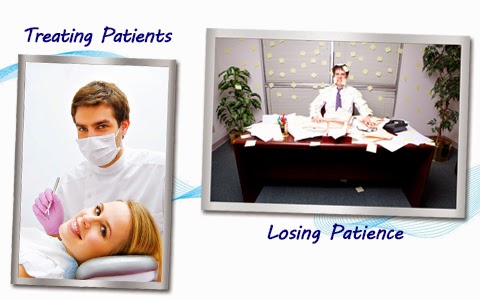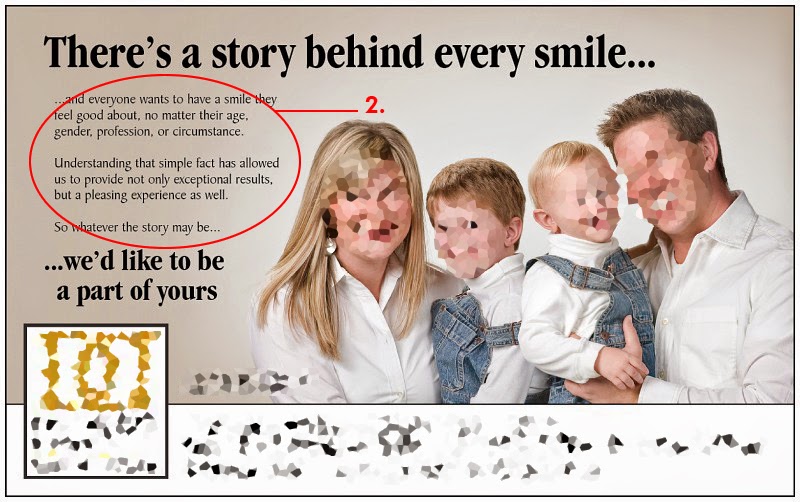


How to Compete with the Big Guys: Making Your Mark Among Big Dental Practices
Introduction
What Are the Big Dental Practices Doing Right?
Advantages of Big Dental Practices
- Brand recognition: When a practice has more than one location, they can draw from a bigger pot of people who will recognize and support their brand. For instance, imagine a patient who moves to a new town and is searching for a new dentist. In their previous town, they went to an Aspen Dental practice. Assuming they were satisfied with their dental experience, they would probably be interested in visiting an Aspen Dental in their new home.
- Purchasing power: When you have more money, you can spend more money. With big practices that have big budgets, buying new equipment or updating their waiting room furniture isn’t as much of a strain as it might be for a smaller, newer dental practice. Because of this, they can stay more current and offer more unique services.
- Marketing expertise: The marketing practices employed at each location of the larger dental practices are likely tried and true on both a national and local level. They might even have a marketing department that assists each franchised office with their marketing, giving them the advantage of not just working with experts, but also with a sizable budget.
- HR department: Since becoming the boss of your own dental practice can often be a difficult transition, the added assistance of a human resources department is a big advantage that some of the larger dental practices can bring to the table for their franchises. Having certain guidelines in place with their employees can make potential conflict easier to handle.
- Superior computer systems: Again, returning to the larger budget and purchasing power that allows for cutting edge resources, some of the bigger dental practices might utilize more advanced computer systems for managing patient information and files.
The Dental Practice Toolbox: What’s in the box?
-
Access to resources
-
Ready-made marketing campaigns
-
Access to preferred vendors
-
A strong patient referral base
-
Effective branding
-
A commitment to continuing education
- Access to resources: This might seem like a no-brainer, but the more resources you can have at your disposal for handling the finer points of running your dental practice, the better. Problems are inevitably going to come up, no matter how much preparation you put into opening your dental practice, and you need to know where to seek out solutions. Whether it’s office related issues—like examples of printable forms—or medical related issues—such as surgical consulting—arm yourself with the information you need to make good decisions and handle challenges.
- Ready-made marketing campaigns: You shouldn’t be expected to be a marketing guru and a great dentist. While there are some marketing approaches that are simplified and easily maintained—such as a social media presence—others require time and attention that you likely won’t have to give. Even though much of your marketing efforts can be planned out before opening your practice, they’ll require maintenance down the line that could feel overwhelming among all the other requirements of running a dental practice. Using a ready-made mass marketing campaign can take the pressure off of getting your practice’s name out there.
- Access to preferred vendors: Large dental practices often enjoy discounts and reduced prices on supplies from preferred vendors to which smaller practices don’t have access. With reduced costs, you practice can increase its profit margin or offer things like implant placements at lower costs. Obtaining access to preferred vendors and discounted rates not only allows you to reduce your costs, but also allows you to offer lower prices to your patients, which will, in turn, keep them happier with your services.
- A strong patient referral base: Having a plan in place to increase your patient referrals—and thus, your number of patients and your profitability—is the key to keeping a steady stream of patients coming through your office. Knowing how, when, and who to advertise to can help with this process, as well as determining who of your current patients can act as community advocates for your practice.
- Effective branding: Establishing “who” your practice is and how you want to be perceived in your target community is the first step toward effective branding. Once you determine how you want your brand to be known among your potential and current patients, as well as your competition, you can begin taking steps toward achieving that brand. Much of this can be accomplished through your marketing strategies and outward presence in the community.
- Continuing education: Staying on top of the latest procedures, methods, and techniques in dentistry keeps your practice current and your skills fresh. Take advantage of continuing education opportunities offered to you, as well as professional development opportunities like attending conferences or publishing papers. The stronger reputation you can build as an academic and leader in your field, the more respect you can garner from patients and from your competitors.
Three Bonus Tools You Can Use Every Day
- Patient Relationships: The time and effort you put into establishing relationships with your patients will not be wasted if those patients then, in turn, recommend your practice to their friends and family. A satisfied patient is your most valuable advertisement, so make certain that your chair-side mannerisms are friendly, professional, and show interest in your patient’s life beyond their teeth. While you certainly want to avoid being nosy, getting to know your patients can help set them at ease and earn their trust.
- Patient Treatment—beyond the chair: The treatment you give your patients doesn’t just start and stop when they’re sitting in your dental chair. Find small ways to go above and beyond in your patient interactions to make your practice more memorable. For instance, you might consider calling a new patient before their first appointment to make sure they don’t have any questions or concerns, or send a personalized card on their birthday. Small gestures can go a long way in establishing loyalty.
- Employee Relationships: The culture of your office will be directly influenced by how satisfied your employees are with their work. Work hard to build positive employee relationships that, in turn, positively effect your office as a whole. You want patients to view your office as a place where people are happy to be—not one that they struggle to come to work every day.
Competing with the Big Guys: What It Really Comes Down To.
If you have questions regarding your practice’s marketing strategy, feel free to contact me at darrensomsen@gmail.com.

New Dental Practice: Location, Location, Location (The Question of Where, Part 2)
“The beautiful August morning was shattered when a mother of 7 methodically tossed, pushed and cajoled her children from the balcony of their 11th floor hotel room in Salt Lake City. All but one of the children, ranging in age from five to fifteen, died upon impact with the sidewalk 120 feet below. The fifteen-year-old is in serious condition and not expected to survive.”
What Does This Have To Do With My Practice?
So, What Do I Do?
If you have questions regarding your practice’s marketing strategy, feel free to contact me at darrensomsen@gmail.com.

New Dental Practice: The Question of Where
What Went Wrong?
- whothe public would think the business was by naming it as a play on the former business,
- whatthe public would think of a restaurant located in an old gas station,
- whythe service station closed.
How Does This Affect My Practice?
Does Who Was There Before Matter?
You don’t want your first patient saying, “I’m surprised you opened up here, considering what happened a few years back.”
If you have questions regarding your practice’s marketing strategy, feel free to contact me at darrensomsen@gmail.com.

What Does Your Practice, Practice?
Location
Marketing
Strategic Relationships
Don’t Judge

Want More Dental Patients? Use An Experienced Marketing Team.
For most new dental practice owners, the marketing side of business-ownership is the most daunting. Determining how your practice will best serve the community while generating a successful production income is a delicate balancing act.
As we discussed in previous articles, you spent significant time and money becoming a doctor. This what you trained to become and the career you chose for yourself. Attempting to handle I.T. and advertising tasks on your own is not a productive use of your time and skills. Unless you have previous experience in marketing, knowing where to start can seem like an enormous challenge.
Attempting to market and advertise your dental practice on your own WILL cause you stress. Effective marketing and advertising is and art and a science. It requires analyzing the data to determine which message attracted a new patient and tweaking the message to improve ROI (return on investment). It may require completely scrapping a current campaign and creating a new approach to deliver the right message to attract new patients (customers). Not only is this an additional task that will take you away from treating patients, you may become too emotionally invested into a campaign to be willing to change strategy.
Remember, this is a business you are building—not your ego. It may be in your best interest to step back from the creative and find a team that can professionally handle your marketing development and implementation.
Getting help is not a sign of weakness, it’s an intelligent business decision that will payoff in the long run.
Five Reasons to Consider Experienced Marketing Professionals
- It saves time: You WILL have your hands full when opening your own dental practice—when your marketing is most important. Taking advantage of marketing professionals who can tailor a multi-pronged marketing campaign to your removes a major headache from your to-do list and allows you to focus on the aspects of running a dental practice for which you are prepared.
- It eliminates guesswork: Without previous marketing experience, you will feel like your marketing campaign is a big game of trial and error. Employing marketing professionals allows you to piggyback on their experience as they have already created methods that get results. They can avoid known marketing pitfalls and adjust your message more quickly.
- It gets results: There’s a reason marketing is its own industry—it’s a big job that requires an expert. There is online marketing, direct marketing, branding, advertising and more. You will face competition that has been marketing for many years. A professional marketing team can help you create “shock-and-awe” in an environment where the marketing and advertising has been okay.
- Eliminates distractions: A new business will attract all types of companies vying for your advertising dollar. You will be approached by salespeople from phone books (there are many publishers), card decks, flyers, newspapers, billboard, radio and television. A marketing team can interface with these salespeople as your proxy—allowing you to spend more time with patients.
- Maintains brand continuity: The various advertising mediums can be great, but they will all tell you they have “people” who can design your creative “for free!” Your message WILL become muddled by having different people handling your designs. The pictures, fonts, and copy used in medium will differ from others. The lack of brand consistency will work against your practice instead of working for it.
You can do your dental marketing on your own, but would you do your own electrical and plumbing for your new practice? As a new new dental practice owner you need to minimize your risks. A professional marketing team will help you develop the right message, the right brand, and the right campaign to attract your new patients.
You can read more helpful tips at jointherevo.blogspot.com. Or contact our team at darrensomsen@gmail.com.

Dear Dentist, What Is Your Time Worth?
I once engaged in a conversation with a dentist who said he spent 3-hours a night trying to keep his patched-together computer network running. He had twelve used computers daisy-chained together running Windows XP and he said he struggled every day to keep the system from crashing. I asked him if he minored in Computer Science at dental school. Incredulously he replied, “Of course not!” So I asked why he was wasting his time trying to learn how to keep his system operating versus buying new equipment and hiring a professional to handle installation.
Assessing Your Time
The Cost of Your Team
- Dental Assistant: $15.00 per hour
- Receptionist: $12.00 per hour
- Insurance Specialist: $15.00 per hour
- Dental Hygienist: $30.00 per hour
Valuing Your Time
What is Your Team Worth?
For more information about owning a dental practice that comes with professional marketing and operational support, visit www.jointherevo.com.
Dental Advertising: What Are You Trying to Sell? Part Two
Your Advertising
- Does the prospect need your services at this time?
- Do they have a current dental provider?
- What services do you offer that are elective AND wallet-friendly?
- How much do your services cost?
- Why should they choose you?
- And, who AREyou?
The Mailer
1. The Header
2. The Copy
3. The Tag Line
4. The Image
5. The Identifier
Direct Mail Does Work
For more information about owning your dental practice that comes with professional marketing and operational support, visit www.jointherevo.com.
Dental Advertising: What Are You Trying to Sell? Part One
Keys to Success
- Quality
- Price
- Service
How Do You Sell Your Practice?
- The header – “There’s a story behind every smile…”doesn’t really have a hook or tell the consumer what the product is.
- The copy – There is nothing in the copy that says the advertisement is a dental practice or offering dental service. Other than the name of the practice at the bottom (blurred as a courtesy), this piece does not state it is a dental practice.
- Image – Over 60% of the advertisement is a photograph of a man, woman, and two color-coordinated children. Nothing about the image states this is a dental practice or give a reason for the consumer to continue reading the mailer.
- The tagline – “…we’d like to be a part of yours”is passive and not a call to action.
See us on Friday for Part Two of this article.
For more information about owning your dental practice that comes with professional support, visit www.jointherevo.com.
The Trick to Hiring the Perfect Dental Office Manager for Your Practice
As with all things in business – there is no “trick”. Hiring the right team members to help you create your office culture is a challenge. They need to be efficient, helpful, friendly, skilled, and foremost – share your passion for helping patients and making your practice a success. One of your key hires will be your office manager. They will direct practice personnel, interact with patients, explain (and sell) treatment plans, manage P&L, and help you establish the “personality” of your dental practice. A good office manager will let you focus on production, a great office manager will help you be a success.
Qualities to Look for in a Dental Office Manager
Interviewing and Hiring the RIGHT Practice Office Manager
#jointherevo, #practicemanagement, #dentalpractice, #dentalhiring





































